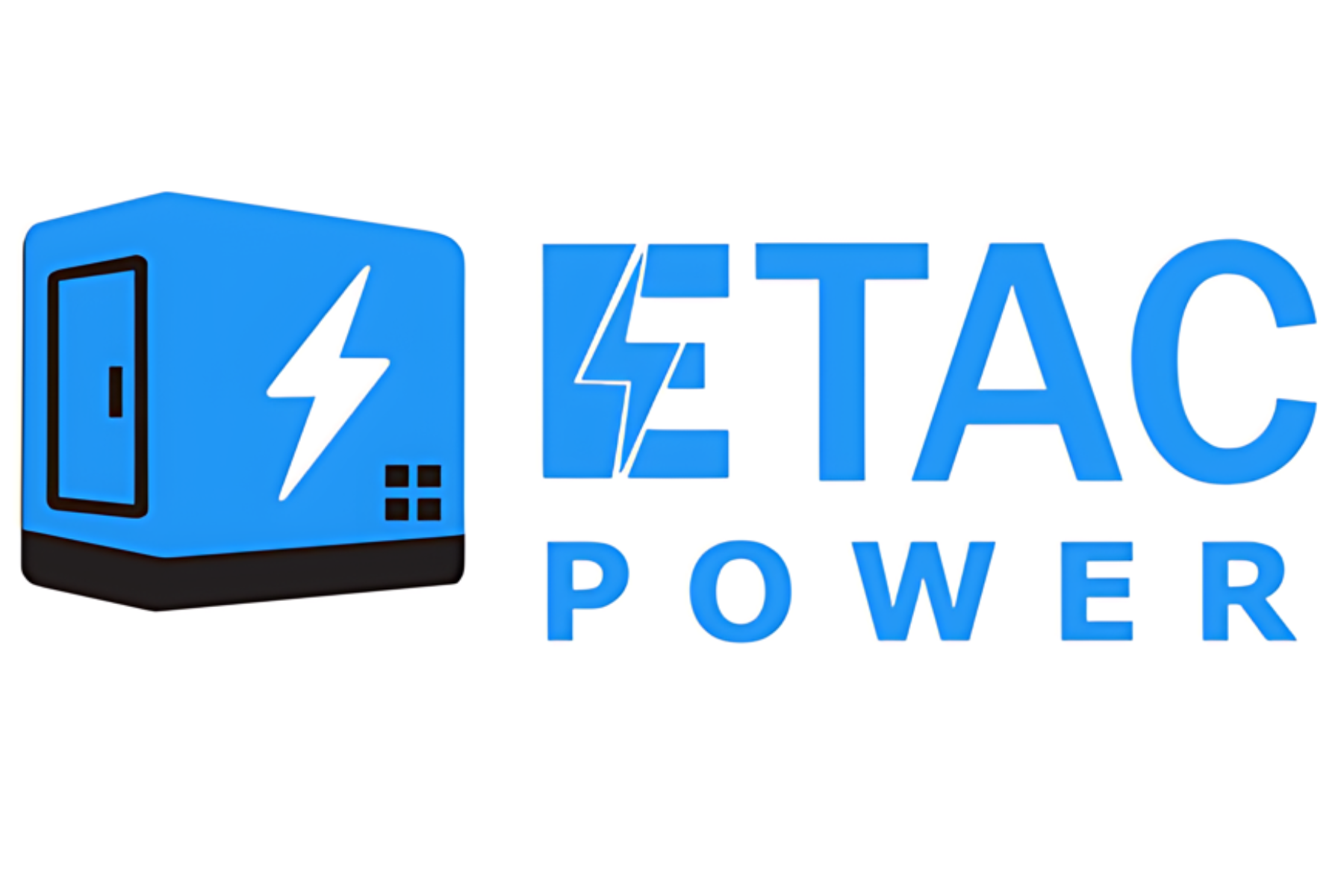Natural Gas Generator Sizing Guide | How to Size a Generator for Home & Business

Understanding Natural Gas Generator Sizing and Capacity
When we talk about generator size, we’re referring to how much electrical power the unit can produce — typically measured in watts (W) or kilowatts (kW). Choosing the correct output is vital for home generator sizing because underestimating your needs could leave you without enough power, while overestimating may lead to unnecessary expenses.
Generators supply two types of wattage: running watts (continuous power) and starting watts (extra power needed to start appliances with motors or compressors). Getting this balance right ensures your generator operates efficiently without being overloaded.
If you’re unsure where to begin, a generator sizing calculator can help estimate the size needed based on your planned usage.
How to Size a Natural Gas Generator (Step-by-Step Guide)
Accurately determining your power requirements begins with listing the appliances and systems you’d want to keep running during an outage. These often include:
- Refrigerators and freezers
- Lights
- Furnaces or HVAC systems
- Routers and chargers
- Sump or well pumps
- Medical equipment (if applicable)
Each item will have a wattage rating. Add together the running wattage of everything you’d like powered. Then, factor in the starting wattage for high-draw devices like refrigerators or air conditioners. These values help define the natural gas generator size best suited to your home.
For example, a household that only needs to power a few critical items might require an 8kW unit. If you want to run more systems — like central air or a full kitchen — you may need 20kW or more. That’s why taking the time to assess your needs is a key part of smart home generator sizing.
Common Natural Gas Generator Sizing Options and Applications
Natural Gas Generator Sizing Chart (Quick Reference)
| Home / Usage | Recommended Generator Size |
|---|---|
| Small home, essentials only | 7–10 kW |
| Medium home, multiple appliances | 11–16 kW |
| Large home with HVAC | 17–24 kW |
| Whole home or business | 25 kW+ |
Small Units (7kW–10kW)
These are typically designed to support essential circuits — think lighting, refrigeration, and a few electronics. They’re great for small homes or for minimal backup needs.
Medium Units (11kW–16kW)
This range is a popular option for mid-sized homes, offering enough power to handle multiple appliances and some climate control systems. They provide a balance of power and efficiency.
Large Units (17kW–24kW)
Often selected for larger homes or buildings, these generators can support more demanding appliances, including electric water heaters and HVAC systems. They also work well as a standby generator size for small businesses.
High-Capacity Units (25kW and above)
These generators are ideal for whole-home or light commercial use. With enough capacity to run nearly everything at once, they’re typically installed with the help of professionals and require more space and planning.
Understanding which of these natural gas generator sizes fits your lifestyle and energy needs will help you avoid overspending or under-powering your home.
Pros and Cons of Larger vs. Smaller Units
When selecting between different sizes, bigger isn’t always better. Here’s a breakdown of what to consider:
Advantages of Larger Units:
- More circuits and appliances can run simultaneously
- Better suited for full-home backup or business use
- Typically more durable under heavy loads
Downsides:
- More expensive upfront and over time
- Requires additional installation space
- May be underutilized for minimal power needs
Smaller Units Offer:
- Lower purchase and installation costs
- Easier to store and maintain
- Ideal for powering only essentials
Potential Drawbacks:
- Limited capacity — can’t run all systems at once
- May require manual switching between loads
Weighing these trade-offs helps you make the right call when deciding on your ideal standby generator size.
Matching Generator Sizing to Budget and Space
Budget plays a big role in the decision-making process, but so does available space. Larger generators typically cost more and require specific installation conditions, such as clearance from structures and proper ventilation. Smaller models are more flexible in where they can be placed and may not need as much professional setup.
It’s often better to size slightly above your calculated power requirement — just enough to handle surges and future upgrades. However, significantly oversizing your generator can lead to poor fuel efficiency and higher maintenance costs.
If you’re unsure where to start, using a generator sizing calculator or consulting with a technician can help match a model to your energy usage, installation area, and financial plan. For those focused on home generator sizing, these tools and insights can make the process far less overwhelming.
Conclusion: Choose the Right Natural Gas Generator Sizing with Confidence
When it comes to reliable backup power, getting the right natural gas generator size is one of the most important decisions you’ll make. It ensures your most important systems stay running when the grid goes down — without wasting resources or money.
By understanding your household’s energy demands, using a generator sizing calculator, and weighing the pros and cons of different standby generator size options, you can confidently invest in a generator that fits your space, budget, and lifestyle. Smart home generator sizing means less stress when the lights go out and more comfort when you need it most.
By following this Natural Gas Generator Sizing Guide, you’ll know exactly how to size a natural gas generator, compare size options, and choose the right capacity for reliable backup power.
